Planned giving. Gift planning. Legacy planning. Even estate planning. They’re all slightly different angles on the same thing: taking a 10,000-foot view of one’s finances and incorporating charitable strategies into them. Being mindful about the assets that make up someone’s estate, and choosing to give from the best places and at the right time, often allows someone to make larger gifts to their favorite people and organizations than they would be able to do otherwise.
Over 20 years, this type of work has allowed Apex Legacy Consultants to help donors give half a billion dollars to their favorite charities. These are mostly normal families with normal homes and typical retirement funds. And yet, through intentionality and planning, they’ve been able to make a huge difference on the causes they love for decades to come…while still caring for their kids/heirs.
First a few distinctions. There’s day-to-day planned giving strategy, like when we suggest donors use IRA Rollovers, Donor Advised Funds, stock/crop gifts, or charitable trusts to make their immediate giving more tax-efficient. These are plans that can be made during a donor’s life, and may even provide a source of income for them or their heirs. On the flip side, many popular planned giving strategies can also be woven into an estate plan, to be realized at death.
This can all seem a little confusing…and it’s true, there’s a lot to think about! But at its core, planned giving is simply maximizing your charitable impact by being thoughtful about how and when you give. Let’s answer a few common questions:
Is planned giving just for the super wealthy?
Absolutely not! Even the simplest, smallest estate can benefit from these strategies. Tools like charitable trusts or donor advised funds can create flexibility, allow you (or your heirs) to save on taxes, and impact your favorite organizations along the way, often with more of an impact than you thought possible.
What is an example of a strategy that everyone can use?
One of my favorite strategies is the “charitable swap”: giving stocks instead of cash, but with a twist. You then repurchase the same amount of shares, increasing your basis (cost to acquire). Here’s an example:
Option A – Donate $1,000 to your favorite charity, from your post-tax income.
Option B – Donate $1,000 of appreciated stock to charity. They can sell it and get the same appreciated benefit, but you bypass Capital Gains taxes because you’ve gifted it to charity. Then purchase similar stock for $1,000.
In both cases, the charity benefits, you receive the same deduction, but with Option B you are able to avoid tax on the $1,000. Repeat that process, and you’ll significantly improve your tax situation while supporting great causes.
How do Donor Advised Funds (DAFs) work?
Think of this as a “charitable checkbook,” and it might be one of the most adaptable tools we suggest for donors. A DAF can be funded with cash or appreciated assets now, but you can determine where the money from the fund will be donated later. These are an excellent option when a charity is not able to receive stock donations, but you still want to use the charitable swap strategy. They’re flexible. They’re tax-efficient. And they work now and in your estate.
When should I consider using planned giving strategies?
It’s always a good time to utilize planned giving strategies. Some tools are most beneficial when dealing with appreciated assets. Real estate or stocks/investment sales, for example, will trigger taxes that, in most cases, can be minimized or avoided. Additionally, your estate might represent the greatest opportunity to provide for your heirs and communities.
